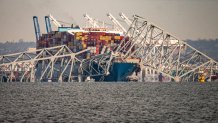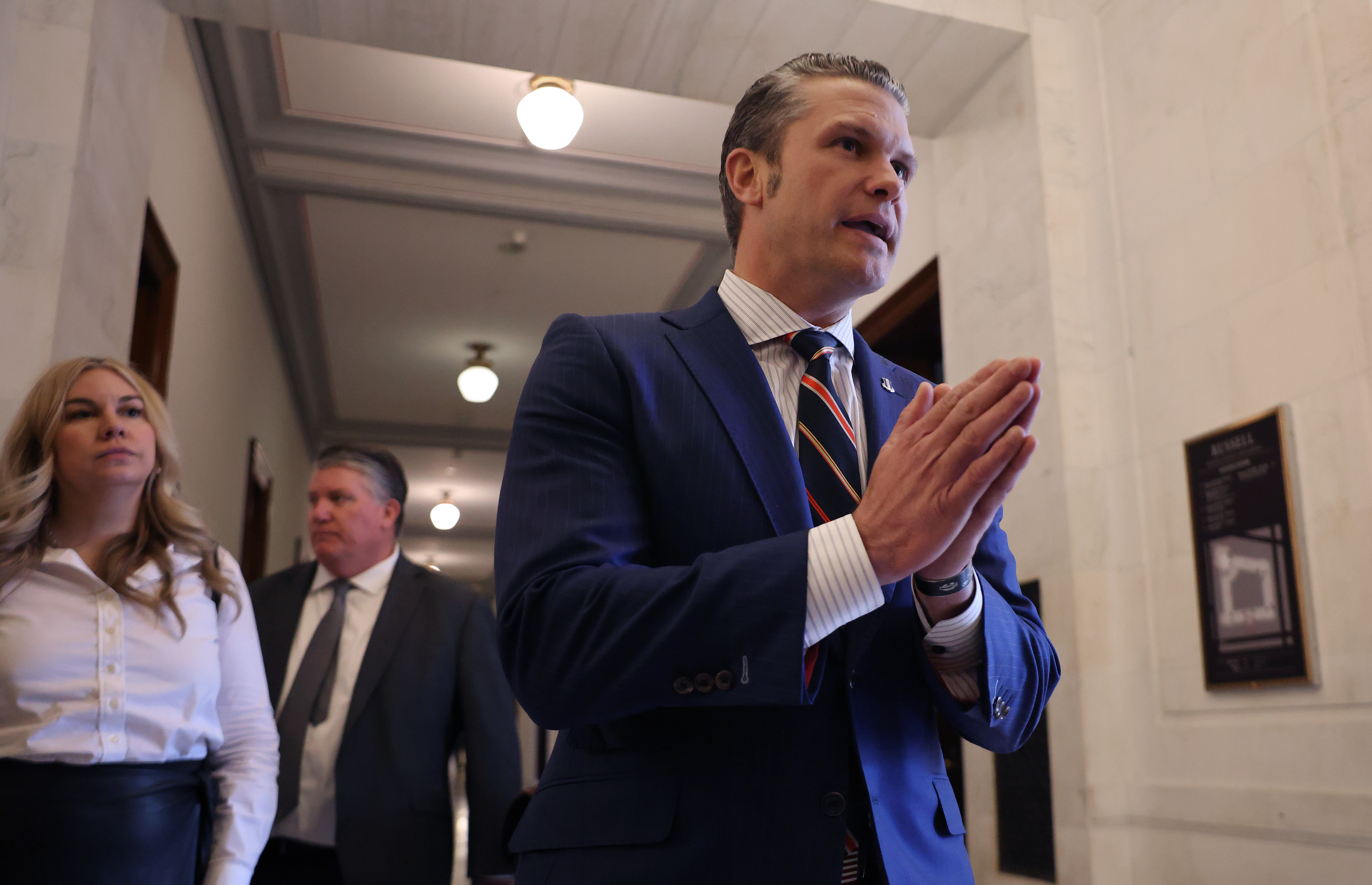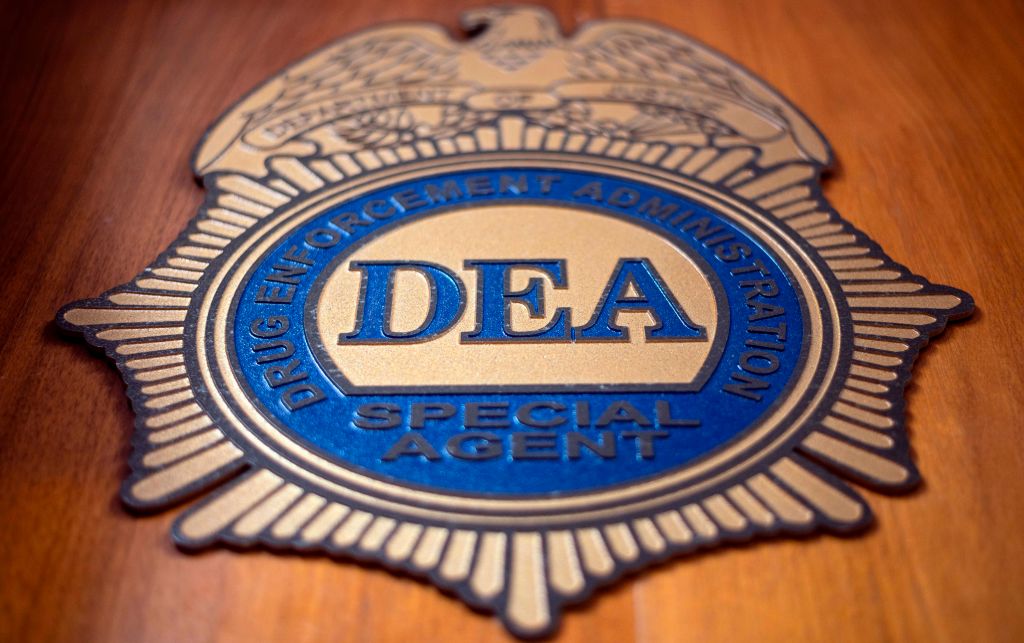Julio Cervantes Suarez endured the unthinkable when a 100,000-plus ton cargo ship crashed into the bridge he was working on, collapsing the critical structure and sending him tumbling into the dark, unforgiving waters below.
Cervantes Suarez, 37, was one of seven construction workers who had been fixing potholes on the Francis Scott Key Bridge when it went crumbling down into the Patapsco River in the early morning hours of March 26. The men, who were all Latino, included his nephew, brother-in-law and friends he had known for years. They were all on break, some inside their cars and others in construction vehicles, when the bridge fell.

Cervantes Suarez, who spoke exclusively to NBC News for the first time since the bridge collapse, said he saw his family members and friends disappear into the river one by one, knowing he was next. His nephew, Carlos Daniel Hernández, whom he considered a son, was the first to fall.
Get top local stories in San Diego delivered to you every morning. Sign up for NBC San Diego's News Headlines newsletter.
In what he thought were his final moments, he turned to God.
“I thanked God for family he gave me. I asked him to take care of my wife and kids. And I asked for forgiveness for everything I’ve done,” Cervantes Suarez said in Spanish, his voice breaking.
Cervantes Suarez, the only person to survive the fall into the water, was in his truck when the bridge went down.
U.S. & World
After his truck slammed into the river, Cervantes Suarez said the water “came up to my neck” and he was unable to open the doors to escape.

He manually rolled down the vehicle's window to exit, swallowing water as his truck became completely inundated and sank.
“That’s when I realized what happened. I looked at the bridge and it was no longer there,” Cervantes Suarez said.
He had seen his companions as they fell “and how the water covered them,” he said.
“I started to call out to each one of them by name,” he said.
“But no one answered me,” he said.
There was only silence, darkness and cold.

Cervantes Suarez, who cannot swim, managed to climb onto a piece of floating concrete from the wreckage, where he waited until he was rescued. He was taken to a hospital with a chest wound and released the same day. Another surviving worker rescued at the scene was in good condition and refused treatment.
Cervantes Suarez still has physical pain in his chest and his left knee and foot. The emotional toll is something that will stay with him for the rest of his life.
“I relive it all the time, the minutes before the fall and when I’m falling,” he said.
He is haunted by the fact that he told his nephew to go to his car and rest.
“If I had told him to come with me, maybe it would have been different. Maybe he would be here with us,” he said.


Cervantes Suarez is in therapy and “it has helped me, but sometimes I regress back to the first day,” he said.
He said justice to him would be for all of those responsible to “pay for the damage they have done. Because I know that money is not going to buy a hug from a father or a son.”
He said he sees the children of his brother-in-law, Alejandro Hernández Fuentes, “and I see how much they miss their dad.” He sees how much his sister-in-law misses her husband.

Cervantes Suarez said the Dali cargo ship “destroyed six families.”
The National Transportation Safety Board determined in a preliminary report released in May that the 947-foot-long Singapore-flagged cargo ship was transiting out of Baltimore Harbor when it lost power and propulsion before striking the Francis Scott Key Bridge.
The FBI has also been investigating the events that led up to the crash and whether the cargo ship crew knew the vessel had potential mechanical problems that would have made it unsafe to transit in the harbor.
Cervantes Suarez and the families of multiple workers killed in the bridge collapse are looking to take legal action against the companies involved with the cargo ship.
“Everybody that was involved with this boat is responsible for destroying these eight families’ lives,” said L. Chris Stewart, an attorney who represents Cervantes Suarez and the families of some of the workers who died. “The boat was not seaworthy.”
“It’s an American tragedy,” he said.
“This will never go away and he still has a family to take care of and now a bunch of other people from other families that he has to take care of as well,” said Justin Miller, an attorney who also represents Cervantes Suarez and other families.

In the days following the bridge collapse, the ship’s Singapore-based owner and manager petitioned a Maryland court to limit their monetary liability for the collapse to $43.67 million.
The city of Baltimore said in a legal filing in late April against the cargo ship’s owner, Grace Ocean Private Ltd., and operator, Synergy Marine Pte Ltd., that “negligence caused them to destroy the Key Bridge, and singlehandedly shut down the Port of Baltimore, a source of jobs, municipal revenue, and no small amount of pride for the City of Baltimore and its residents.”
“None of this should have happened. Reporting has indicated that, even before leaving port, alarms showing an inconsistent power supply on the Dali had sounded. The Dali left port anyway, despite its clearly unseaworthy condition,” the city said in the filing.
In response to the ship owner and operator's claim for limited liability, the city said the incident was “caused by the unseaworthiness of the Dali and the negligence of the vessel’s crew and shoreside management” and that therefore, the requests for a limitation of liability should be denied.
Cervantes Suarez said he hopes people remember those who died.
“I knew all of them, they were families. They were good people, good workers and had good values,” he said.
Cervantes Suarez said he does not know why he survived the bridge collapse.
“I think maybe there is still a goal for me,” he said.

This story first appeared on NBCNews.com. More from NBC News:



